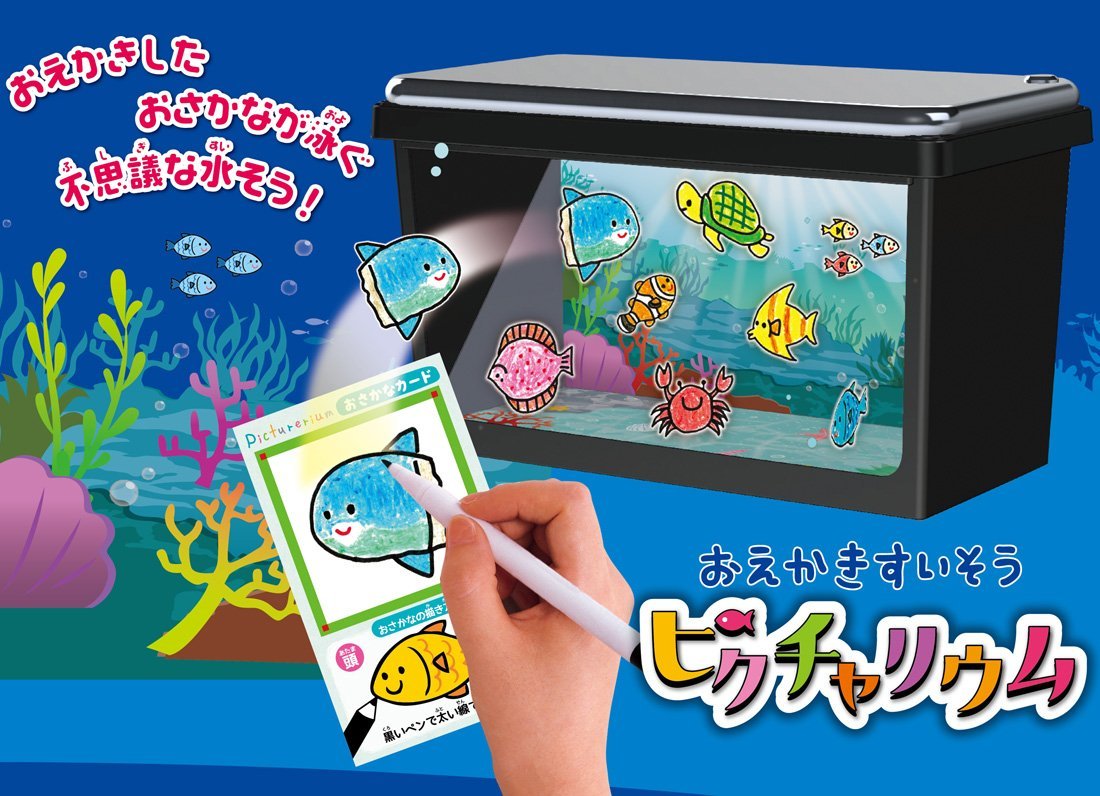If you ever find yourself in the Maldives laying on a gorgeous white sand beach, think of where that sand came from. Parrotfish feces. Once you get passed that initial disgust, enjoy your time at the beautiful beach.

The islands of the Maldives are considered coral archipelago i.e. they were built from the pieces of coral and other sedimates. The coral pieces originate from nearby reefs and the help of parrotfish chomping them to pieces.
Geologist Christ Perry - "In the case of at least one island, Vakkaru, the sediment can mostly be traced back to two species of parrotfish."
Using their unique teeth, which are fused together to look like a parrot's beak, they break part and scrape against the croal reef to eat the algae and coral poylps. More teeth at the back of their throats pulverize the coral into sand, which is passed through in the fishes’ feces and eventually builds up in piles.
"Parrotfish can eat tons of coral in a year, so they’re an important source of this sediment. At Vakkaru, Perry and his research team found that the local parrotfish produce around 1.5 million pounds of sediment each year and contribute some 85 percent of what goes into building and maintaining the island’s beaches."In order to maintain the Maldives beaches, due to sea-level rise may wipe away the island, researches suggest maintaining and protecting the parrot fish that live around the area. Otherwise, it may just be a matter of time until these islands are no more.





